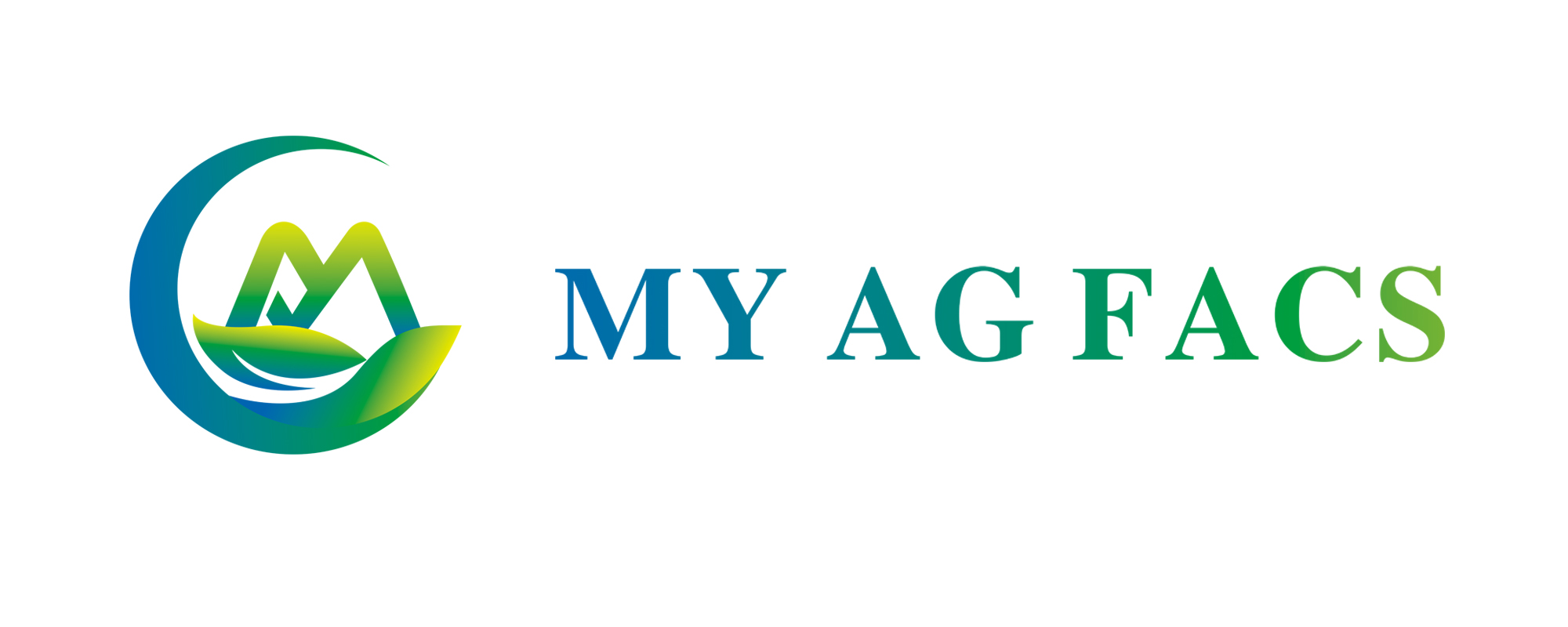
In the face of the severe global water shortage, the development of water-saving irrigation technology is becoming increasingly important. Drip irrigation technology, as an efficient and water-saving irrigation method, is gaining popularity among agricultural producers and environmental conservationists. However, in drip irrigation systems, while drip tape and drip line may appear similar, they have fundamentally different characteristics and applications.
Drip tape, as one of the core components of drip irrigation systems, is widely used in orchards, vegetable gardens, and other farmlands. Its main feature lies in its flexibility and good stretchability, enabling it to adapt to different terrains and the needs of various crops. Equipped with micro-holes inside, drip tape drips water at a constant rate to the roots of plants, effectively conserving water resources and reducing water evaporation loss. Additionally, drip tape is durable and easy to maintain, making it widely used in agricultural irrigation.
In contrast, drip line differs in structure and application. Drip lines are typically made of materials such as polyethylene, which are more rigid and durable. They are suitable for long-term fixed farmland irrigation systems, such as large farms and orchards. Like drip tape, drip lines also have micro-holes inside, but unlike drip tape, the holes in drip lines are more densely arranged, providing a more stable water flow to meet the irrigation needs of large farmlands. Drip lines are commonly used in fixed irrigation systems, ensuring long-term and stable irrigation effects.